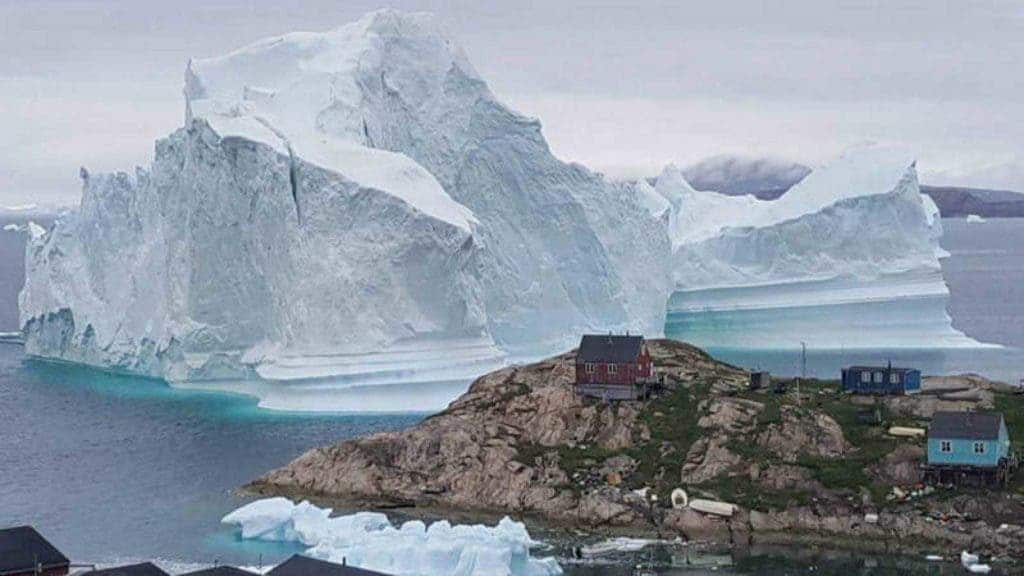For many scientists, Greenland is considered “ground zero” for climate change, a place where the effects of global warming are most evident – including growing temperatures, warming oceans, and melting ice.

Last summer, Greenland went through an exceptionally warm season with record-breaking temperatures. This led to the loss of 600 billion tons of ice, which is enough to raise global sea levels 2.2 millimeters in two months, according to a new study.
NASA’s Jet Propulsion Laboratory (JPL) and the University of California looked at satellite data, which showed the surprising rate loss of ice in the area. Last year was the hottest on record for the Arctic, with the annual minimum extent of sea ice in the region its second-lowest on record.
“We knew this past summer had been particularly warm in Greenland, melting every corner of the ice sheet,” lead author Isabella Velicogna, senior project scientist at NASA’s JPL and a professor at the University of California, Irvine, said in a statement. “But the numbers really are enormous.”
The study took its data from satellites that were designed to measure changes to the Earth’s gravitational pull that result from changes in mass, including water. It showed that the ice losses registered last summer are more than double Greenland’s 2002-2019 yearly average.
But it’s not just Greenland. Antarctica continues to lose mass as well, the researchers said. “In Antarctica, the mass loss in the west proceeds unabated, which will lead to an even further increase in sea-level rise,” Velicogna said, claiming they also saw a mass gain in East Antarctica due to an uptick in snowfall.
Glaciers around the world are melting because of global warming, with Greenland as one of the most affected areas. Last year, a study showed ice is being lost from Greenland seven times faster than it was in the 1990s. This means 400 million people could be at risk of flooding every year by the end of the century due to sea-level rise.
Greenland’s ice sheet is experiencing an increase in ice slab thickness in its interior regions, another study showed. These ice sheets are normally porous, allowing meltwater to percolate (drain through) them, but the extra thickness makes them impermeable — so all the meltwater is draining into the ocean.
With most attention now focused on the coronavirus, the study helps to show the consequences that further global warming would have across the world. Countries agreed through the Paris Agreement to limit the temperature increase to 2 degrees Celsius, but much further action is needed to meet that goal.
The study was published in the journal Geophysical Research Letters.



